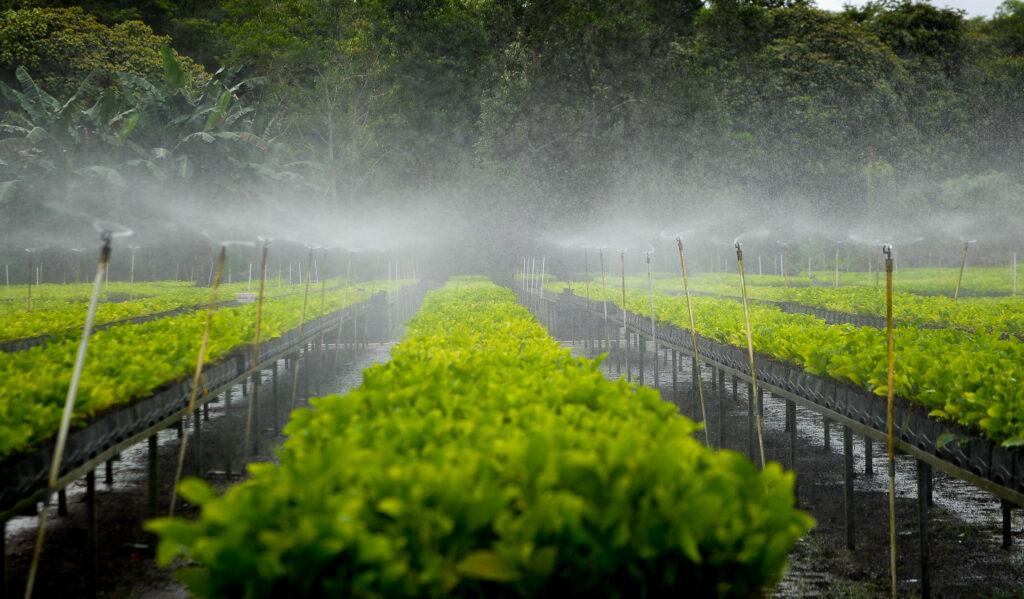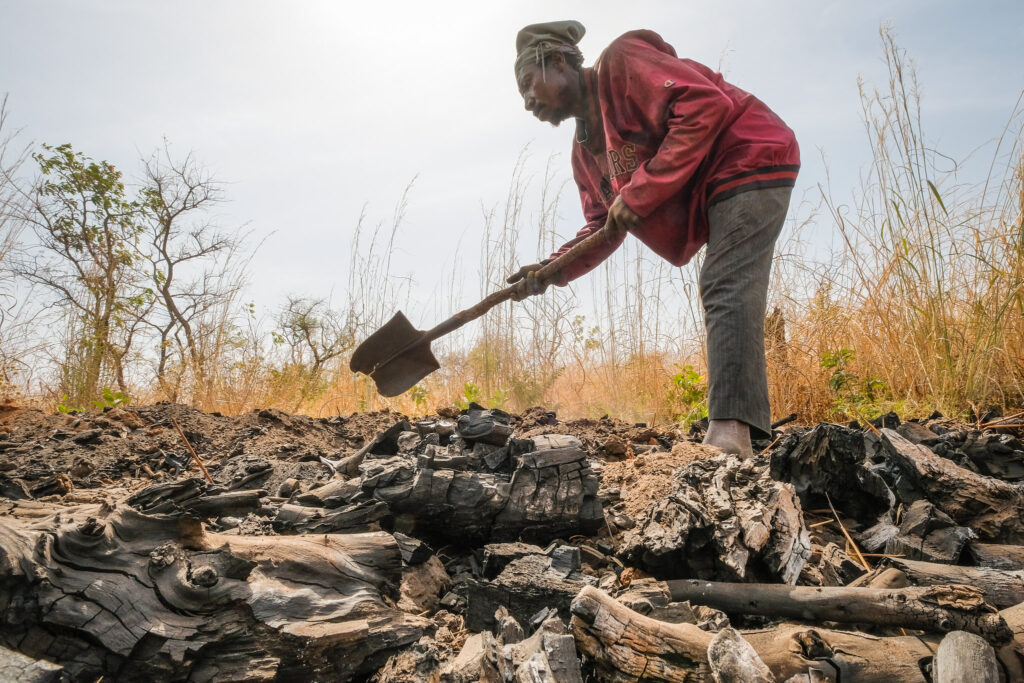In its latest report, the Intergovernmental Panel on Climate Change (IPCC) looks at the interconnections between climate change and land. Land use accounts for roughly 23 percent of global greenhouse gas emissions – but also serves as a sink for carbon dioxide. Francis X. Johnson, one of the lead authors of the report, explains the potential of and limitations to using land to reduce emissions.
When the IPCC released the summary for policymakers of this special report, the clear message was that land can go a long way towards fighting climate change, but that it can’t do it all. What can land do?
You have to see this message in the context of last year’s IPCC special report on global warming of 1.5 degrees, or “1.5 report” as it’s called. The 1.5 report basically said that if we want to limit the global temperature rise to 1.5 degrees, a serious amount of land mitigation is required. Now, this special report on climate change and land says that while this can be done under certain conditions, it puts a lot of strain on the land.
Looking at land-based mitigation – that is, at what land can do to limit global warming – is interesting because land allows us to have negative emissions. Until now most climate actions have been in the energy sector, which reduces emissions, but doesn’t do anything to enhance carbon sinks.

Peatlands are the largest natural terrestrial carbon store, and efforts to restore them are highly significant to combat climate change. Photo: Ricky Martin / CIFOR, Flickr.
Land technologies on the other hand can enhance carbon sinks. When you plant trees, they suck up carbon. Land technologies are also important because they can be done on a large scale in many places.
That said, the effect reforestation and afforestation have on the climate depends on the local ecology. In general, reforestation is more effective in the lower latitudes.
Land alone cannot serve to reduce all emissions – energy, transport and industry all have to play their parts.
If there is such a great potential to reduce and even produce negative emissions in the way we use our land, why can’t land do it all?
Population is increasing and so more food is needed. Also, people want a higher quality of life, which means more travel, more products and so forth.
It’s quite obvious you can’t put the entire burden of reducing emissions on the land sector – the energy, transport as well as industry sectors all have to play their parts.
The report says that emissions from agricultural production are likely to increase as the world’s population grows and changes its consumption patterns. A great deal of media coverage about the report has hence been about meat consumption. Rightfully so?
It is true that meat and dairy are land and climate intensive. But for one, it doesn’t help to look only at the consumption side without considering the production side. Secondly, it’s important to see that there are many types of consumption other than that of meat.
There is also another dimension to this meat consumption debate, and that is that as many as two billion people on the planet don’t necessarily have reliable electricity or refrigerators, nor access to a lot of fruits and vegetables because they may live in a dry climate.

In developing countries such as Democratic Republic of Congo, meat can be essential for survival. Photo: Axel Fassio / CIFOR, Flickr.
For them, animals are extremely important. You see, when animals walk around, they are quite low maintenance and they are also good for the landscape. So in these regions, meat consumption is a very different story from the one in rich countries where we simply eat too much meat.
The media has also used the report to say the IPCC recommends eating less meat. That is not the case, because the IPCC is neutral on policy choices.
An environmental economics analysis might well suggest that taxing meat consumption in rich countries would be very effective. But what the IPCC does is simply to set out the science, analyse the different impacts and set out the choices that policymakers and businesses and consumers then have to make – without giving specific policy recommendations.
For you personally, what recommendations follow from the science?
I would mainly give recommendations on areas I work on. A lot of that is on biomass and I think it is important to develop more sustainable harvesting systems for charcoal, for example, or to provide incentives to switch away from traditional biomass in developing countries.
People tend to think this has more to do with energy, but the land use impacts are actually the main source of emissions, something that has been researched by SEI colleague Rob Bailis. On top of this, there are negative impacts in terms of air pollution, female drudgery and low household productivity in the case of fuelwood use, due to the time spend gathering wood.

Charcoal production in Ghana. Photo: Axel Fassio / CIFOR, Flickr.
We also need stronger policy incentives for the most effective and sustainable bioenergy options in rich and poor countries alike, something which cuts across all sectors—agriculture, forests, livestock, energy, transport, buildings–so as to get the most of the resource base and minimise the impacts on land, water, nutrients and ecosystems.
Design and development by Soapbox.
